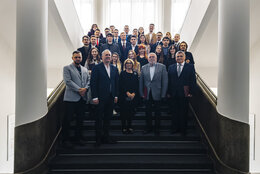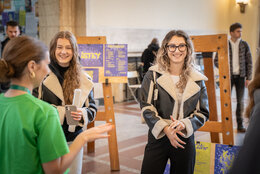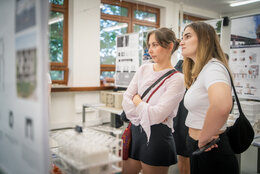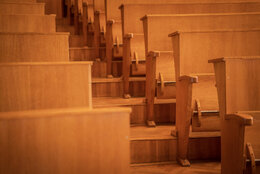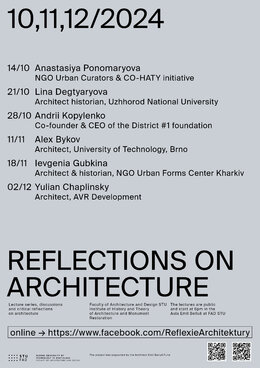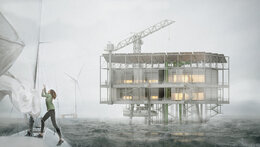: Dipl. Ing. Manfred Sonnleithner
: Využitie a údržba historických budov
: prof. Ing. arch. R. Špaček, PhD.
Willingness to support and amounts of subsidies are subject to constant reductions and
cutbacks. There is an urgent need for action, and in some cases there is also an imminent
danger. Every single unused building suffers on the one hand continuous structural damage,
but on the other hand it also makes a contribution to the omnipresent problem of the
extinction of the historical town centers which should not be underestimated! The problems
of the utilization and maintenance of historic buildings worthy of protection have always been
and will always be integrated into the very first considerations and approaches to solutions
with regard to financial incentives and support for property owners. Additional costs and
necessary financial support are undisputedly an essential starting point for problem solving.
APPROACH
However, this paper would like to deal with another lever for finding solutions, which in the
authors view has been underestimated by experts and specialist circles for a long time and
has been largely ignored by the various stakeholders: The conviction and loyalty of all
sections of the population!
Not with the highest amounts of subsidies and money will a comprehensive activation of
unused historical objects succeed. It requires the corresponding conviction of the people in
the country. If the attractiveness of living in a renovated historical building can be increased
to such an extent, all the other expenses associated with renovation will become secondary.
A change in values is therefore needed in society. This must also be preceded by a change
in values in politics, the economy and legislation.
In addition to the question of how and with which approaches a change in values in society
could be realized, the fundamental question also arises as to whether such a change would
be possible at all and whether a significant proportion of the population would be receptive to it.
The corona pandemic shows how globalization, the economy and the climate are
relatively closely linked by humanity for the time being, and the relationship is becoming
even closer as a result of the drive for digitalization. Climate, climate change and
climate protection is and will remain one of the fundamental priorities of humanity, with
many unsolved problems and challenges. But climate mathematics is also one of the
keys to securing the existence of mankind in harmony with nature. The utilization and
maintenance of existing buildings will be an important component of this. How this can
be achieved will be investigated in this doctoral thesis.
This work is intended as a contribution to the preservation of our architectural heritage,
as an argument for politicians, our society and the individual users to protect historic
buildings in the best way and to ensure that they are used in a manner appropriate to
the property.
OBJECTIVES
For the most varied types of buildings, uses and requirements, completely individual solution
approaches and object-adequate implementation measures are required. This work aims to meet
these far-reaching demands in the form of a generally valid methodological model to be developed,
which will serve as a universal template for the development and ultimately the implementation of
individual solution approaches. The theoretical "Model for the Utilization of Historic Buildings which is
divided into its individual components, thus enables a project-adequate approach to setting the
necessary steps for action. The results enable, among other things, practice-relevant derivations of
recommendations for action or the implementation-oriented preparation of guidelines for the concrete
project implementation in order to ultimately ensure the restoration and permanent use and utilization
of the historic building.


